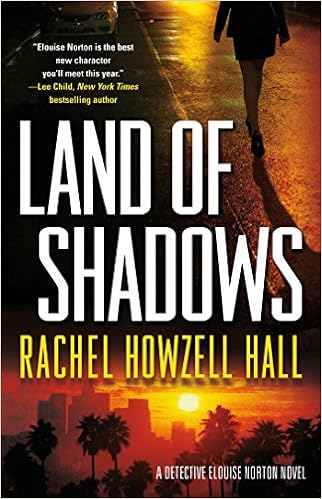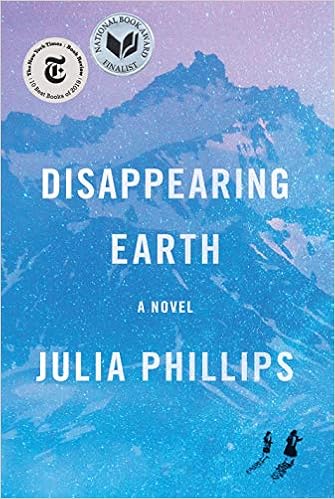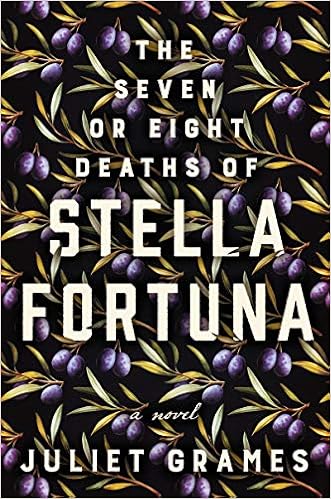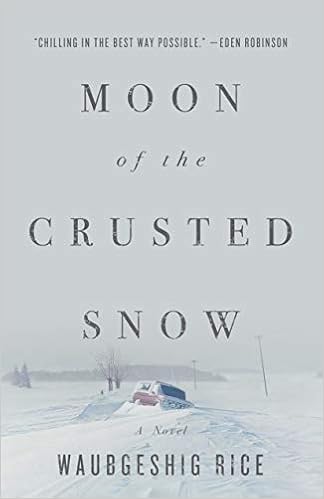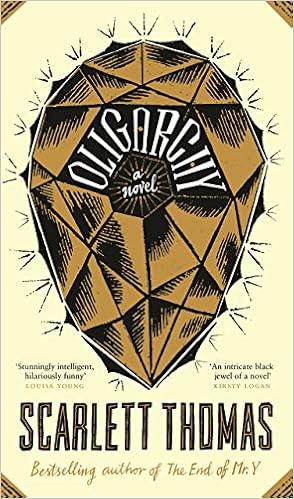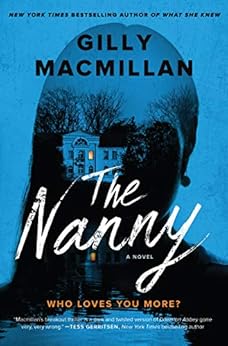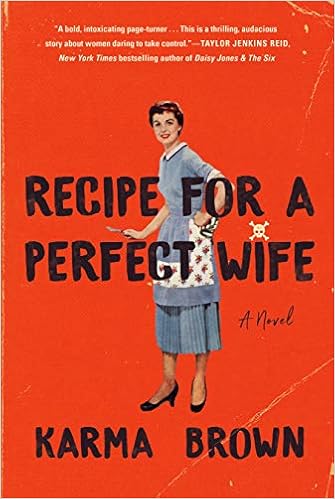I was looking for a new police procedural series to read and a friend recommended the Detective Elouise Norton series by Rachel Howzell Hall. This is the first of the, thus-far, four-book series.
Elouise (Lou) is an African-American LAPD homicide detective. She and her new partner Colin Taggert, a
recent transfer from Colorado, investigate the death of 17-year-old Monique
Darson who is found hanging in an unfinished condo complex. The complex is being built by Napoleon Crase,
a man Lou suspects in the disappearance of her own sister thirty years earlier. Can Lou investigate the Darson case without
bias? Can she find out the truth behind
her sister’s disappearance?
Lou is the first-person narrator so we gather information as she
does. The only advantage the reader has
is some chapters told by the anonymous killer.
Those chapters do give some clues, though mostly they suggest who he isn’t.
What will motivate me to return to the series is the character of Lou
Norton. She is intelligent and
high-spirited. She is told that on the
street she is known as Lockjaw because “’Once you’re on a case, you don’t let
go.’” Lou describes herself as “’sweet
as apple pie’” but a colleague qualifies that description: “’Apple pie laced with arsenic and rusty
razor blades.” She is respected by her
colleagues because she is good at her job:
“Not to brag, but I had solved 90 percent of the investigations I had
led. Pretty good for a girl.’” Lou’s troubled relationship with her husband adds
a personal subplot that will undoubtedly be developed further.
I especially love Lou’s irreverent sense of humour. She brags, “I could spot a fake Chanel
handbag quicker than I could spot a hooker on fire.” She mocks her partner who concludes a suspect
is a drug dealer with such certainty that “he folded his arms and nodded as
though he’d just discovered Presbyterians on Uranus.” She mocks herself: “I was sweating like Kobe Bryant in Game 7 of
the NBA finals against the Celtics and my reserve tank of patience had only
three drops left.” She mocks witnesses
who are not forthcoming, calling one a “’goddamned dingleberry’”, later
explaining that a dingleberry is “’a piece of poop that sticks to ass hair.’”
I did have difficulty with some of the slang. For example, “strawberry” and “twink” and “chickenhead”
had me checking a slang dictionary. There are numerous pop culture references; for
instance, Lou tells one suspect, “’This ain’t a TV show and you ain’t Stringer
Bell, so stop with the bad-ass-thug routine.
You’re from Carson, son.’” An
older man will be described as “’old enough to remember the last episode of M*A*S*H” or as someone who hasn’t smiled
“since Cheers went off the air.” Some of the rap and hip hop references left
me lost (KRS-One and Chuck D), and “Doin’ the Dougie”, meant nothing to me
until I consulted Google.
I will definitely be checking out the other books in the series.
